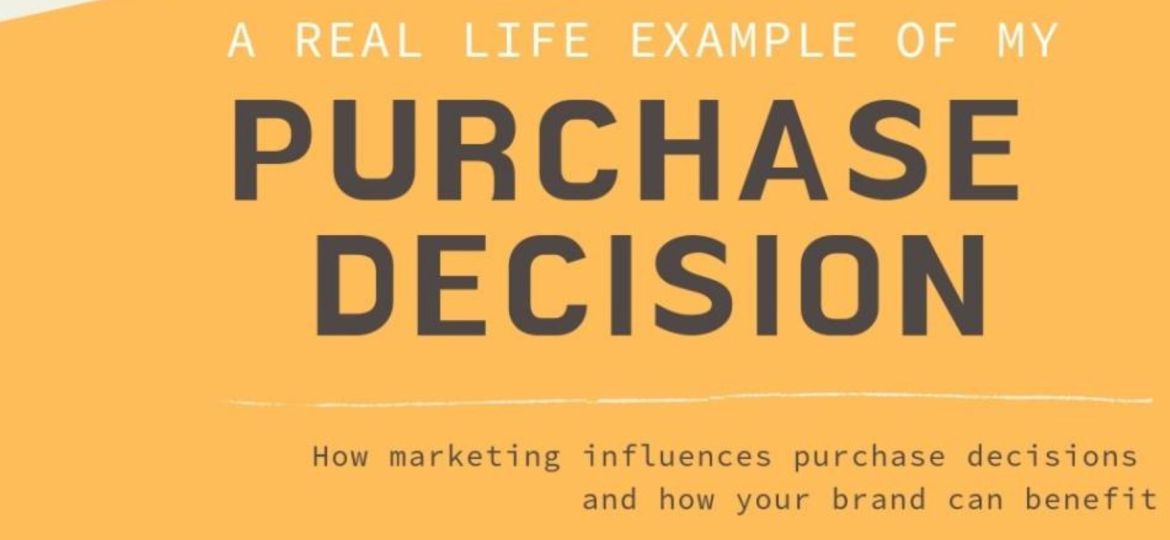
Anyone who knows me knows that I’m a huge shoe fan. So when I was shopping looking for a specific style of boots, I looked everywhere. I started at Nordstrom; then, I went online to Amazon and DSW. I shopped in big stores and small stores with no luck. Everywhere you can imagine, I looked for this specific style of boot. I finally stumbled across a few options, but the price point wasn’t right. So, my search continued.
From a marketer’s perspective, evaluate the marketing funnel.
Going through this process reminded me of the consumer behavior purchase funnel. I was shopping for shoes in this random online and offline trekking pattern. It got me thinking about many of the marketing campaigns that we’ve done. As a marketer, I often evaluate these behaviors; as a consumer, I was pulled into this same random pattern. It intrigued me, and I thought I would provide some insights into these buying behaviors and why it is essential to keep the purchase funnel in mind when evaluating how people make decisions.
How my purchase journey began…
The first time I saw this style of boots, I was in a meeting, and one of the guys was wearing something similar. I never got the chance to ask where he got them or what they were called. So, I was left with little information, but this was the first touchpoint in my journey.
The next touchpoint happened later that day. On my way back to the office in an Uber, I picked up my phone to search for the boots I saw. Since I didn’t know the brand or style name, I went to Pinterest. I searched for men’s fashion to see if I could find something similar. No luck there.
So, I ended up on a Google search. I used keywords to describe the boots. I finally was getting somewhere. I found a similar style of boots and could identify the name of the style and a couple brands I liked. Amazon would give me a good gauge on prices of similar styles, so for my next step, I went to Amazon.
Every decision funnel is different.
I learned that as direct as I am and even having as much understanding of the systems I was using – I still have already had four touch points before making any real decisions. That doesn’t mean everyone’s decision process is as long or complicated, but it certainly is unpredictable.
After initial research, the real shopping journey begins.
Now that I’ve discovered a brand I like with similar styles, I was off to the stores. I needed to try them on before I bought anything. First, I did a search online to find locations. Then, I visited each store to see what they had in stock and to try on a few pairs. During each store visit, I was using my mobile device to further research and narrow my search. This phenomenon is called ‘Showrooming.’ I was using my mobile device in-store to look at prices online. After I decided on the final pair of boots, I took a picture of the shoes, the bar code, and the price because I would later use this information in my research and purchase.
I searched them online for reviews on the boots and the brand. I eventually went to buy them online to ship to my home.
With everything said and done. I had over 15 touchpoints before my transaction and spent over 2 weeks to find what I was looking for.
You can also read about:
- Google Sees The Future In Shopping and Shifts Accordingly
- 6 Website Design Ideas Guaranteed to Grow Your Business
- 5 Tips to Boost Your Business’ Google Reviews
The major takeaways.
Everyone’s purchase journey is different and unpredictable. Going through this process, opened my eyes to fully understand the need to be in the places where people are searching or doing their research.
Often companies try to over-optimize each channel they are marketing through, and in the end, they lose reach and visibility during some of the most critical points of the purchase process. Who’s to say that my decision wasn’t made during one of those points. The brands that are available and accessible during those moments win.
It’s also important to note that each touchpoint is a stepping stone to the next. To sell your products or services online, with the changes happening in the market, the way we receive data and how we can access data so quickly will influence purchase decisions.
In the past, we had the television tell us a product was excellent and to buy it, and we would. Now, we have access to a supercomputer at our fingertips with more control – where we can do our research, ask family and friends, shop, and purchase with the click of a button – click, buy, done.
If you are a brand with a product or service to sell, you must be available during each possible touch-point in the purchase process, if not, you miss out.
If you need help growing your business and averaging 400% or more ROI from your digital efforts, give us a call today or schedule a free strategy session with one of our experts in digital marketing. You will have an opportunity to discuss your business and your marketing goals, and we will provide recommendations on what you should be doing based on our BOOST Method. This is a sales-pitch-free no-obligation meeting, just real advice.

